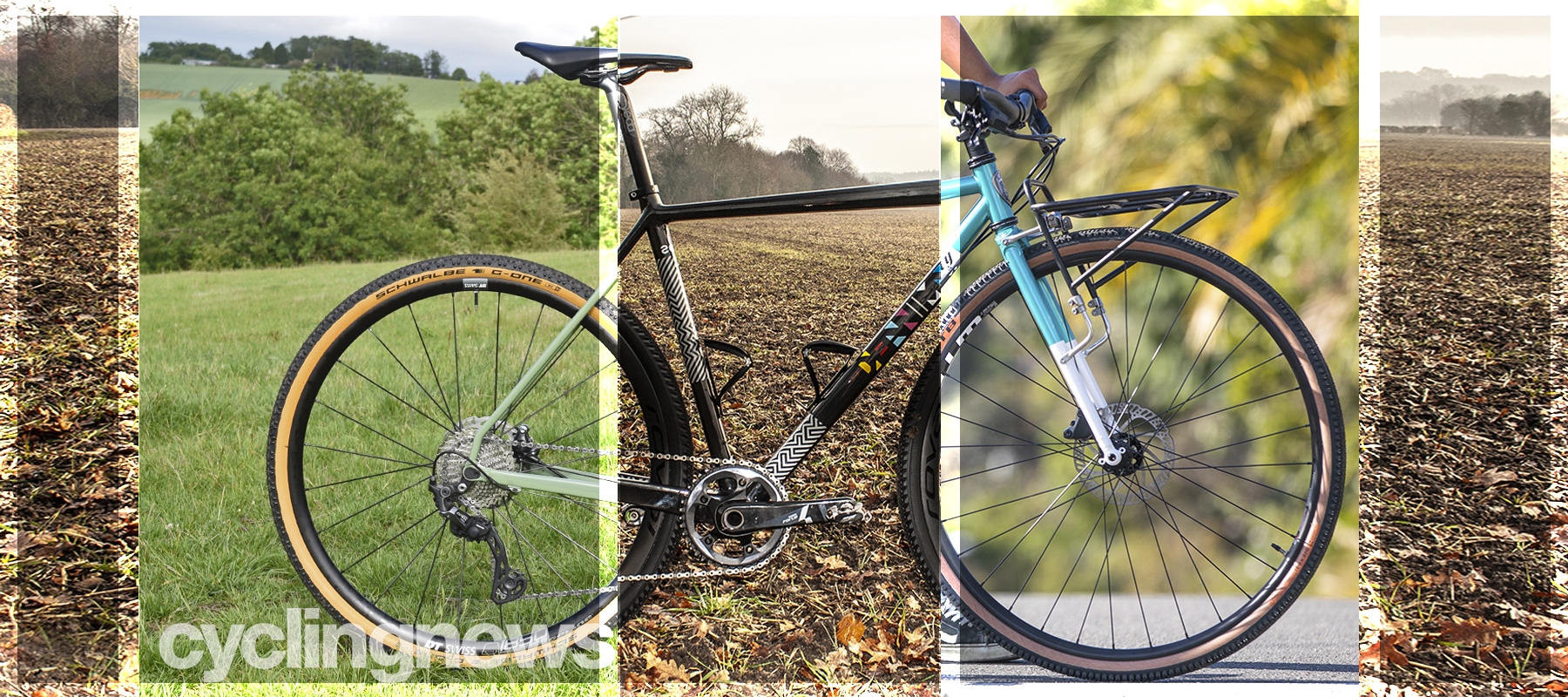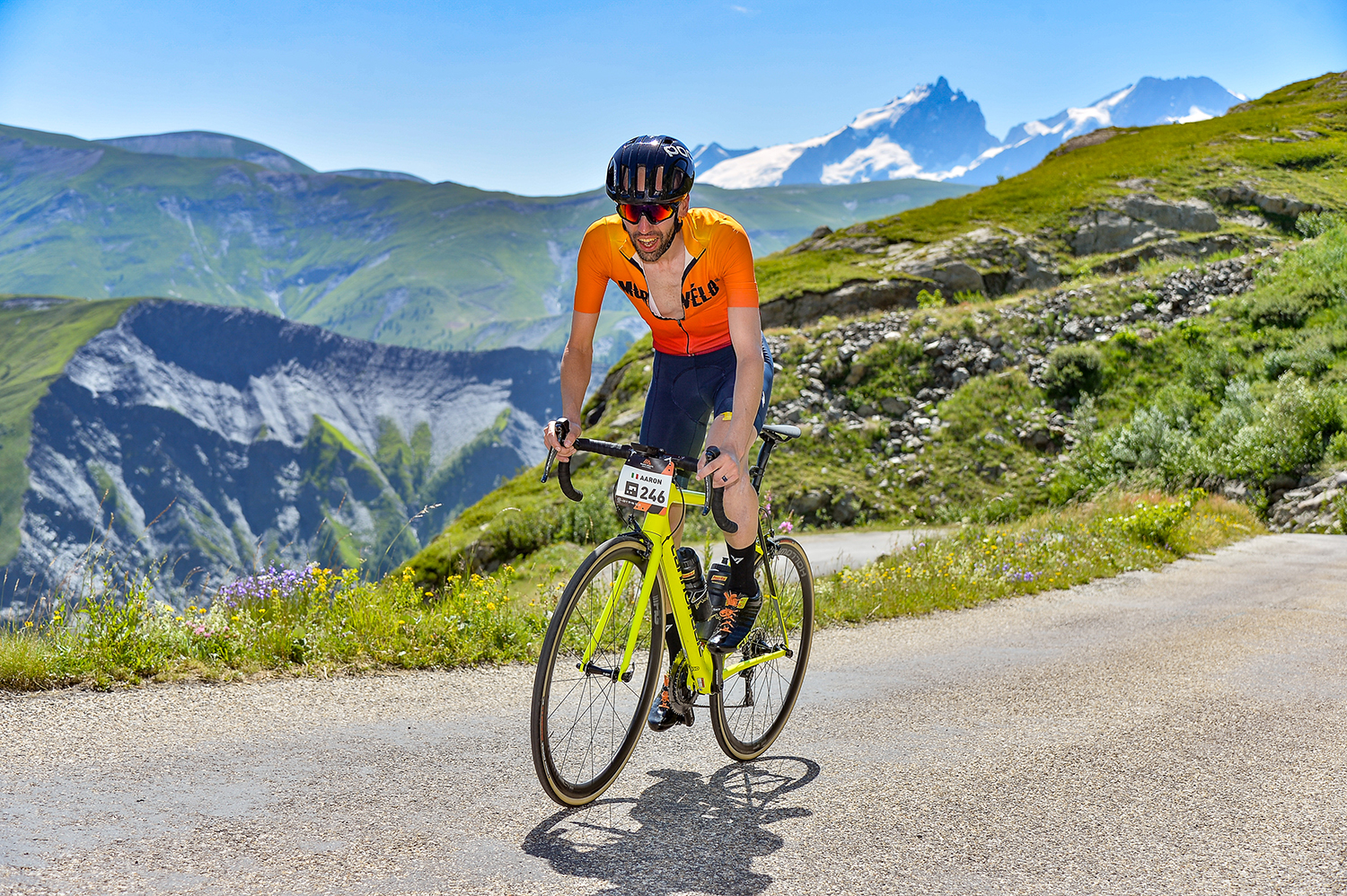You can trust Cyclingnews
The current global situation has seen a massive spike in bicycle sales the world over with many people choosing the safer, more responsible option of commuting to work by bike rather than risk public transport. For many, this simple act of getting to and from work represents a form of escapism allowing riders to unwind, de-stress and choose their own routes. Naturally, the terrain on offer will dictate the type of bike needed - city dwellers may go with a traditional 'flat-bar' commuter, such as those found in our guide to the best hybrid bikes, others maybe a fixie or folding bike, while those who stay in less populated areas may look to purchase a gravel grinder, adventure bike or possibly even a road bike to cover greater distances. It all depends on what your chosen route offers up in terms of terrain.
For the Cyclingnews tech team, the commuting concept is nothing new and when our offices in Bath, UK were still open, each one of us used a bicycle to get to work. For the most part, the bikes we used were test items but we'd often ride our very own bicycles to the office - for Aaron and Josh this usually took the form of their race bikes, although the winter hack did get us through the worst of the weather. Graham, on the other hand, had just relocated to Bristol from Scotland and was using our 3T Exploro test bike before lockdown interrupted his final relocation plans. This got the team thinking... If we were to unpack the notion of commuting and apply it to a one-bike scenario taking into account such realities as racing and gravel grinding not forgetting travelling to and from work, what setup/build would best represent each of our ideal builds?
Aaron's choice
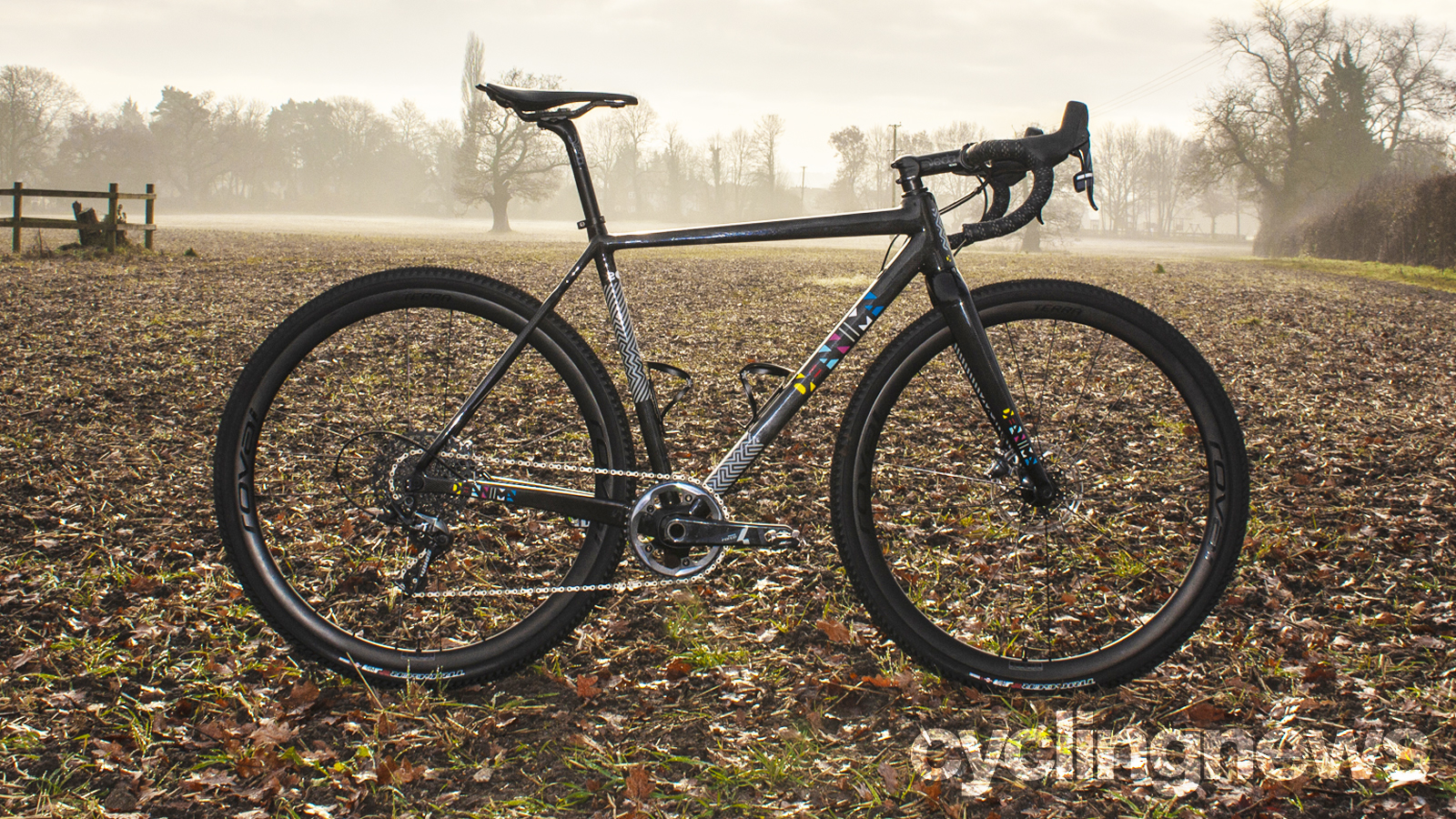
DeAnima Soul Custom - Aaron Borrill, tech editor
I've always enjoyed the racing aspect of cycling, even when merely riding from A to B - but that's probably just my competitive streak. As a result, I like my bikes racy, light and agile while still offering some semblance of compliance. Having recently relocated to the UK from Cape Town, South Africa - a mountain biking mecca - I naturally enjoy a good trail. And while there isn't quite the same level of trails on offer - particularly in the Surrey Hils region where I now live - I still quite enjoy stitching in some bridal ways and gravel roads into my training rides.
The lack of marathon-style events and terrain has turned my Trek Procaliber 9.9 mountain bike into a veritable ornament and something like a gravel bike has started to look very appealing. With the global pandemic having put paid to much of this season's racing, I've been obsessing over the one-bike solution - you know, something that's capable on myriad surfaces such as road, trail and gravel. And there's only one bike that ticks this box for me personally, the DeAnima Soul.
Frameset
I first encountered the DeAnima Soul late last year and came away thoroughly impressed by what it offered. A light, gravel bike with racy, road-bike-like geometry - there was a lot to like but there was also a fair bit it could do without. In an attempt to build my idea of the perfect all-round bike I looked at what components I could swap out for cheaper - read just as capable - alloy alternatives while still retaining the lightweight, racy undertones of the model I tested last year.
The good news is that each bike in DeAnima's portfolio is sold as a frameset and something such as the Soul will set you back £2,945. That's a fair bit of money, yes, but if you're considering building up something to double up as both a commuter and racer, the price is a little easier to swallow. The frame is modular in construction and borrows the racy geometry of the firm's Unblended road bike with a more relaxed front end and gravel-specific wheelbase. It's also light - 1,100 grams for a 55cm frame.
Components
In terms of components, my DeAnima Soul will be built around a Shimano 105 R7020 11spd groupset complete with hydraulic disc brakes and SM-RT900 140mm F/R disc rotors. I still have a soft spot for mechanical shifting and Shimano's 105 range is super reliable and really affordable - the only change I'd make is the inclusion of the Ultegra RX clutch-equipped rear derailleur for when things get rowdy. The drivetrain will comprise a 52/36, 11-34T gearing ratio - a happy medium considering the bike will be used both on the road and trail. The balance of the build will comprise Pro's Discover range of gravel parts - a Discover Big Flare handlebar (30-degree), 110mm Discover stem and Discover dropper seatpost, topped off by a Fizik Arione Classic saddle. The finishing kit will include Fizik Terra bar tape and Shimano pedals in either XT or XTR guise.
Wheels and tyres
Considering how much time I spend riding through forests, singletrack and open gravel roads my rolling stock option would be a toss-up between 700c or 650b wheels from Roval - the Terra CLX or Terra CLX Evo. While the DeAnima can accommodate both options I'd probably go the 650b route as the idea of fitting wider tyres (Specialized Pathfinder 47mm) not to mention the increased agility in tighter confines does sound rather appealing, as does the lower tyre pressures.
Final word
I wanted my build to encompass all the attributes I treasure in a bicycle - reliability, raciness and speed, while still able to handle the daily commute. And I think I succeeded with this DeAnima build. I like that it's a boutique brand and is somewhat exclusive but also that it's versatile enough to adapt to any situation and terrain type on offer.
All-in-all, I managed to shave around £230 off the asking price of the bike I tested last year by merely ditching the SRAM Force hydraulic groupset for Shimano 105. I also decided to size down in terms of wheels - opting for Roval Terra CLX Evo 650b hoops - but this didn't save me much in terms of weight and price. The benefit will come in the form of added agility and ride compliance.
Can this bike be used for all kinds of riding, commuting included? Yes, of course. Save for the carbon frame and Roval wheels, it's not the most glamourous build around but it's sharp enough to be ridden hard while still bringing high levels of enjoyment day in, day out. All that's missing is a bell.
Frameset: £2,945
Groupset: £575
Components: £400
Wheels: £1,850
Grand total: £5,770
Josh's choice
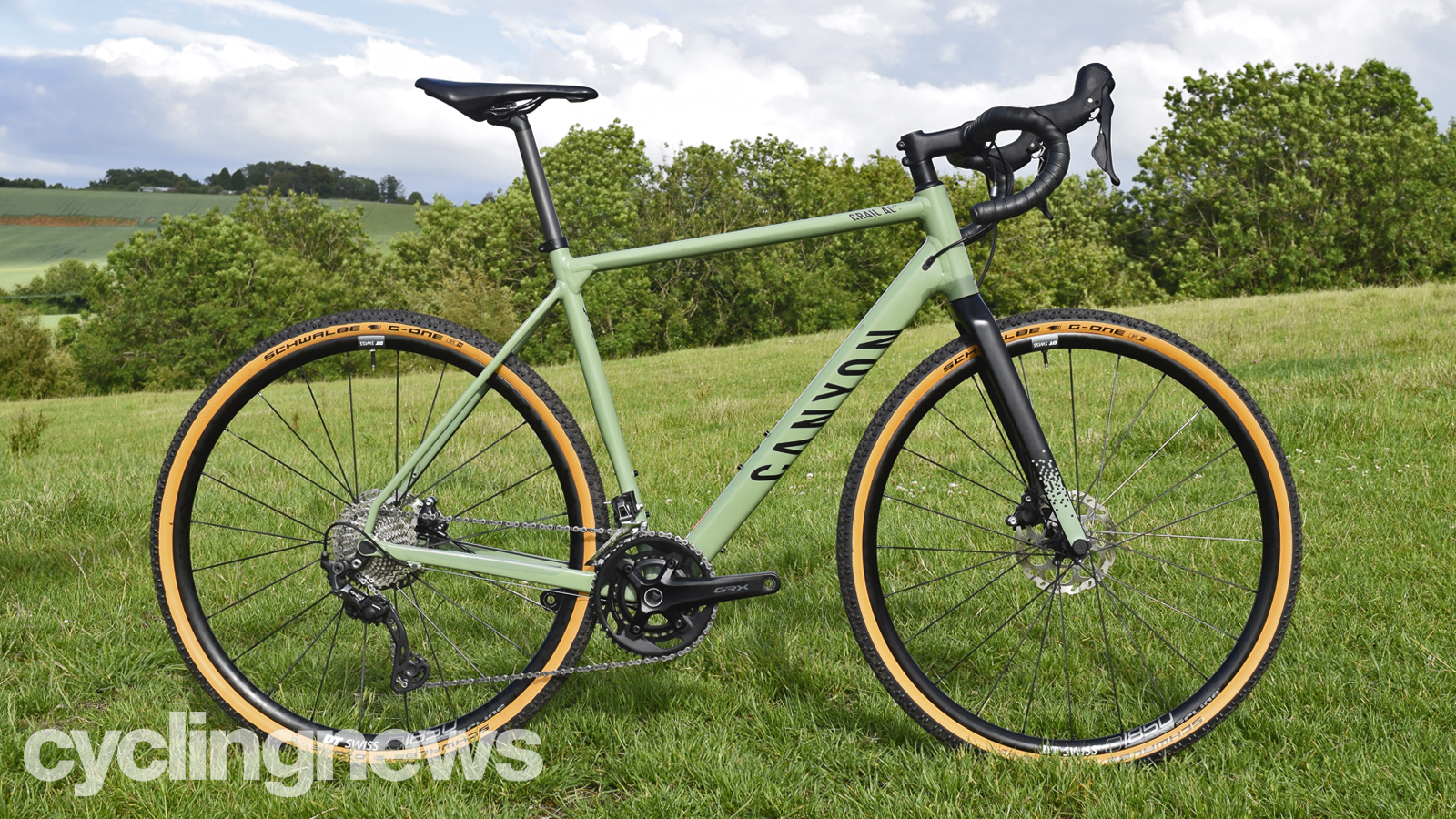
Canyon Grail AL 7 - Josh Croxton, senior writer
My best all-rounder bike could well come as a slight surprise to anyone who knows me well. As someone who races local criteriums on a bike worth at least 10 times as much as my car, my best all-rounder is far from the plastic rocketship that I call my own. Instead, I've gone budget, easy to maintain, and versatile.
Why? Because at its core, cycling is fun, it can be a means to an end, and it's an escape. Cycling is really really good, and the more people that get to experience it, the better, right?
That same enjoyment can occur on pretty much any bike, no matter its value, and if a bike's price, lack of versatility, or difficulty to maintain becomes a barrier to cycling, that's one fewer person riding bikes in the world.
The type of cycling I enjoy consists of road, criterium racing, gravel, and the occasional long-distance chug from A to B. For those requirements, I know the best road bikes aren't going to cut the gravel mustard, so my search is limited to bikes that can handle a bit of off-road but will still cruise on-road without being laborious. Cyclo-cross bikes crossed my mind, but the aggressive position is something that might become a hindrance over longer distances. Gravel bikes offer the obvious solution.
The other major requirement I have for any bike that will be used for commuting is the clearance to fit full-length mudguards. As someone who's commuted through many a winter and partaken in endless hours of winter group rides over the past six years, I've developed quite the hatred for those selfish half-length mudguards that keep your own backside dry but put a jetstream of filthy water directly in the face of the rider on your wheel. Of course, mudguards are fragile, so there's a requirement for quick-and-easy removal should I wish to head off the beaten path.
Beyond mudguards and off-road capability, the other important factors are geometry, durability, ease of maintenance (both at home and away), and component level.
Frameset
I've chosen the Canyon Grail AL 7.0 in this instance because it is the top-specced aluminium version of this particular model of bike. There is a cheaper model which uses Shimano's 10-speed GRX groupset, but to me, the 11-speed cross-compatibility and futureproofing is worth the £300 premium. There is also a Canyon Grail CF SLX, with carbon frame and Grail cockpit, but carbon fibre is more expensive and less durable, and thus, less attractive for this exercise, and the cockpit makes maintenance a considerably more time-consuming proposition.
While many gravel framesets have adapted geometry to put the rider in a more upright position, Canyon's Grail actually has a geometry that sits between the Ultimate race bike and Endurace, the brand's road bike designed for long rides. This means when it comes to bike fit, little if any change will need to be applied when swapping the bike between gravel-ready, endurance-ready and race-ready.
Tyre clearance on the Grail AL is ample, meaning there's plenty of room to fit a wide tyre for the roughest of gravel rides, and the integrated mudguard mounts mean it will be easy to quickly fit those mudguards I so desperately crave without an hour of fine-tuning to prevent tyre rub. Side note: Canyon does make a proprietary-to-Grail fender, and while suitable for solo-riding, the length doesn't come close to being full, so I'd be looking at something like an SKS Bluemels or Kinesis Fend Off for complete coverage.
Components
By virtue of my budget bike choice, I've decided to allow myself a few liberties when it comes to the componentry. The Grail AL 7 is fitted with Shimano GRX 600, an 11-speed gravel-specific groupset. With its 2x chainset and 11-34T cassette, the off-the-shelf spec is more than suitable for road riding, although for the racier of days, I might consider swapping out the chainset for a Shimano 105 model with at least a 50T chainring. Luckily, removal of Shimano's Hollowtech II chainsets requires little more than an Allen key, which you likely already have at home, and a Shimano Crank Installation Tool that will set you back £2.99. Of course, you'll need to buy the spare chainset, too.
When it comes to the finishing kit of the Grail, everything is simple. The seatpost is 27.2mm in diameter, the steerer tube is 1 1/8in, the handlebar is 31.8mm, wheels are 700c with 12mm bolt through axles, the bottom bracket is Shimano PF30. Everything on the bike uses common sizes and industry standards, so if you find yourself in a pickle, your local bike shop will undoubtedly be equipped to help you without a two-week wait while they order in the correct part - essential in keeping the wheels turning when N only equals one.
Cable routing on the Grail AL 7.0 is integrated through the downtube, however, it remains external along the chainstays. While this does put it in the firing line of a lot of mud and rainwater, it will simplify maintenance such that even the most novice mechanics could learn how to replace the derailleur cable - something that will help save money in the long run, and increase the number of hours enjoyed on the bike.
To start with, I'd likely run full-length housing through winter, and I'd probably eventually upgrade to GRX 815, the range-topping Di2 model in Shimano's gravel groupsets range. However, this would need a workaround of the zip-tie variety, as the cable routing is mechanical-friendly only.
Wheels and Tyres
The off-the-shelf spec would certainly be viable for the gravel and commuter shift, but for racier days and for those long-distance rides, I'd have a spare set of road 28 or 32C road tyres to ensure efficiency - something like Bontrager's R3. I'd also be looking to upgrade the 1.8kg wheels for something a little more sprightly to help with the punchier accelerations in criterium racing.
Final word
Given my relatively common riding habits, I'm sure my all-rounder requirements will resonate with many cyclists reading this and I hope that you'll share your opinions in the comments below.
I've tried to base my decisions around simplicity, for ease of setup and ongoing maintenance; versatility so the bike can be used in more environments; and repairability such that if something does eventually break, it will likely be easy to fix at home, but quick and affordable to fix if the bike shop is called in.
I believe these are key to ensure a bike is easy to live with and enjoyable to own, because the fewer hurdles we can put between people and cycling, the more people we'll ultimately see enjoying our sport.
It's also worth noting at this point that while the Canyon Grail AL offers a very affordable solution to my all-rounder requirements, there will undoubtedly be options from other brands that tick many - if not all - of the same boxes.
Canyon Grail AL 7.0: £1,699
Road tyres: £50 - £100
Spare chainset (Optional): £150
Grand total: £1,899 - £1,949
Graham's choice
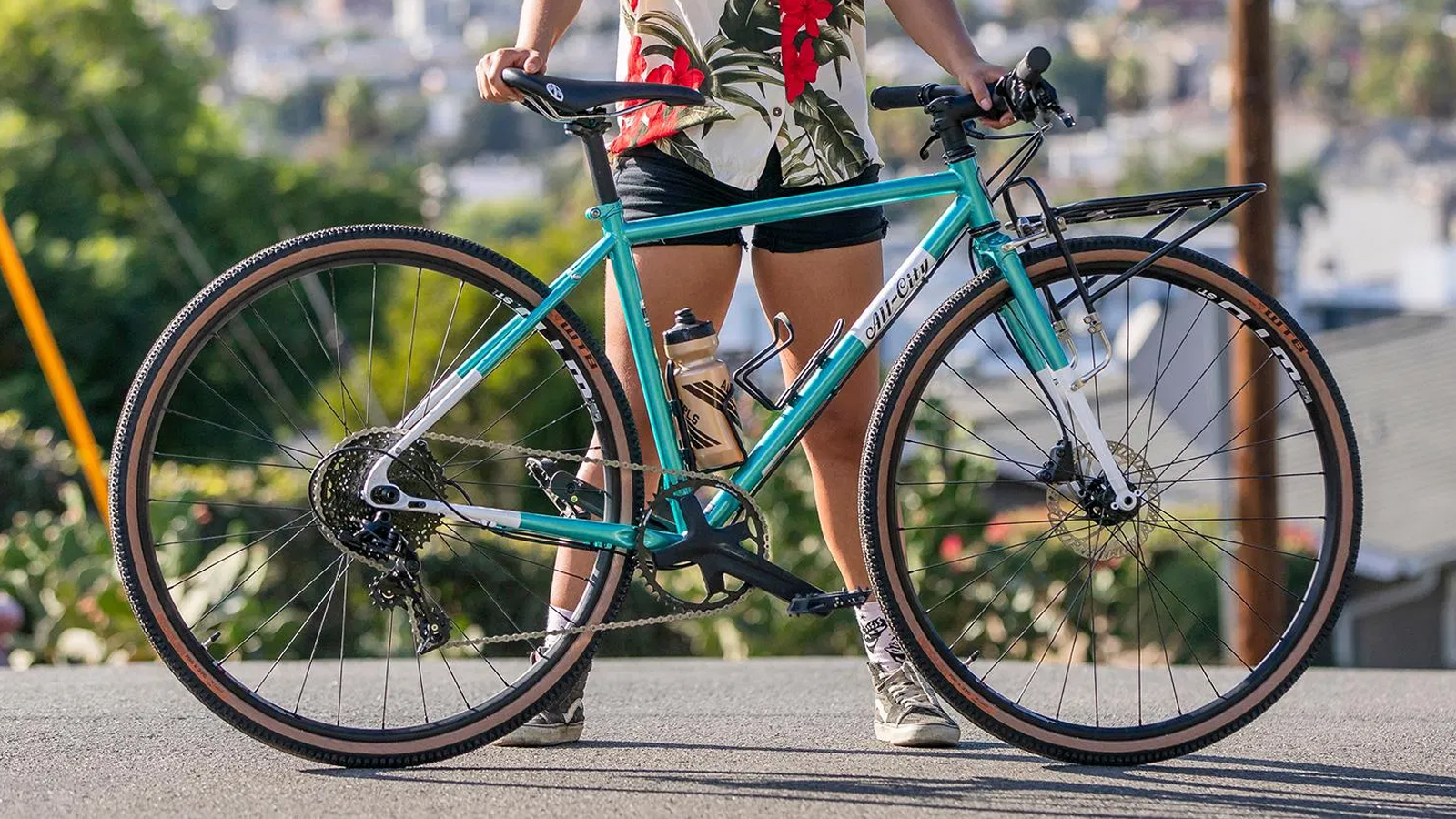
All-City Super Profesional Custom - Graham Cottingham, senior writer
Steel is real - or so they say anyway. Aficionados will wax lyrical about the ride and essence of steel as a frame material but the simple fact is that all the coolest bikes are made from steel.
The other attraction in a steel bike is the dependability, carefree riding characteristics which bring a do-everything underdog attitude. With a single ride often tackling everything from road, gravel to ill-advised singletrack, versatility is an absolute must for me. From the daily commuter grind in all weather to optimistically tackling singletrack in the wilderness while strapped with bikepacking bags, I need a bike that will last, but most of all, is fun.
There are plenty of carbon road bikes that are faster, lighter and more compliant yet they don’t seem to be able to match the happy-go-lucky feel of a steel bike. Not only are they fun but if a ride gets too excitable there isn’t the same fear when rocks kick up or you overcook a gravel switchback and end up tumbling through the undergrowth.
Frameset
All-City offers a couple of bikes that would fit the bill, the monster truck tyre capability of the Gorilla Monsoon was tempting as was the fast all-roading capability of the Cosmic Stallion. However, by blending the existing Macho Man and Nature Boy, the new All-City Super Professional stands out to me as the most versatile do-everything bike possible.
The biggest selling point is All City’s Master Dropout which gives the option to run gears, single speed or even set up as a fixed gear, all with just a few turns of an allen key. Choosing to discard gearing may not be everyone’s cup of tea and opting to ride gravel without the assistance of ratios to winch up climbs, nevermind the luxury of freewheeling, may seem like a recipe for disaster. Personally, it’s a challenge that I have grown to enjoy, turning rides that would otherwise be tame into a much more exciting proposition. Stripping away the complications of modern bikes leaves a reliance on fitness, bike handling skills and a little bit of luck to make it through a ride. Once accustomed to the limitations and quirks, the simplicity of a single-minded drivetrain is a breath of fresh air and the ability to overcome climbs and descents become a rewarding experience.
Geometry is cross inspired with a 71-degree head angle, 73-degree seat angle and 420mm seatstays which should offer a balance of speed and agility on any surface The frame is kitted out with 12mm thru-axles, a sensible threaded bottom bracket, mudguard mounts and rack mounts (more on that later). Beyond its mechanical niceties, the Super Professional is simply a very handsome frameset dressed in its teal (or black/ora) paint scheme and adorned with elegant frame details.
Components
All-City offers the Super Professional in two flat bar options, a SRAM Apex equipped 11sp geared bike or a simple single-speed version. While the builds present a good balance of budget and durability I have chosen to start with a frame only option to further maximise the bike’s utility.
For the build, I would start with a Shimano GRX Di2 groupset, this may seem a little excessive for a bike that would spend a lot of its life clocking up hard utility miles but considering this is to be one bike to do everything, I think it is worth investing in the quality groupset. The bike would be 1x and use a 40t chainring paired with an 11sp 11-42 cassette. The twist is that instead of using the GRX levers I would choose an XT Di2, paired with XT brakes (160mm rotors) which would allow the bike to be run with riser bars. Sacrificing a hand position is more than worth the extra control and braking accuracy that comes with a mountain bike inspired cockpit. As the bike is specced with external routing the riser bars could be switched out to a drop bar without too much hassle should I wish for a change of cockpit for longer distance riding. Removing the gears entirely would also be possible for single-speed riding in winter or for a change of pace.
Finishing kit would be from Thomson, pairing an X4 stem and 750mm Carbon Trail bar and matched with an Elite post. Touchpoints would consist of ODI Elite Flow grips, Prologo Scratch M5 saddle and Shima no XT mountain bike pedals. The final piece would be a Surly 24 Pack porteur front rack, securing to the mid-blade and crown eyelets. While it wouldn’t be something I would use on fast gravel rides or longer trips, instead opting for bikepacking bags, the flexibility of storage is a huge convenience for around the city.
Wheels and tyres
Weight isn’t really so much of a concern when riding a loaded steel bike so I have opted to save some money by choosing Halo’s robust GXC 650b gravel wheelset. They may be on the heavier side but the 120 points of engagement mean pedal power is instantly applied to the rear wheel for a snappy ride and a pleasingly loud buzz when freewheeling. While tyre clearance is stated at 47mm with 650b, I would take the gamble and try squeezing in a set of 1.9in (48mm) Panaracer Gravel King SK tyres, tan-wall of course.
Final Word
For me, there isn’t a bike that could be a master of all or N+1. However, what I have tried to distill in this custom build is the ability to go on almost any adventure without sacrificing ride quality. I don’t ride for fitness or to be competitive, I ride for experiences and a bike's ride quality is absolutely integral to the enjoyment of a trip.
For me, this exercise wasn’t about hunting for optimal money to performance ratio but how the bike makes the rider feel. While it may not be the first over the finish line, it’s the bike that’s had the most fun because the build has been chosen to accentuate the best parts of a bike ride. Big tyres, big brakes and wide riser bars paired with the agile frame and wheel combination maximise control on technical terrain and descents where other bikes might start feeling unsettled. Focusing on these aspects rather than shaving weight and micro aero gains mean that, whether its week-long bikepacking trips with friends or riding through congested streets on my commute, I would still be able to feel the full benefits of my component choices.
I will concede that my build is significantly more expensive than All City’s off the shelf bike but at the same time, it’s much more bourgeois. By foregoing the alternative bar option and instead opting for a mechanical groupset such as XT, over £700 could be knocked off the price with almost no sacrifice in performance. Same could be said of the rest of the kit, while Thomson represents the benchmark of quality and aesthetic for me, there are many budget handlebar, stem and seatpost options available that perform exactly the same but for much less.
For me, if there was to be only one bike to call my own I think it’s worth being a little exuberant. I want a bike that with every touch, pedal stroke, gear shift, and corner felt crisp, fast, and playful. A bike that I would want to ride every day and most of all would make me feel special every time I did because if it isn’t fun, then what’s the point?
Frameset: £1,000
Groupset: £1,000
Components: £600
Wheels: £420
Grand total: £3,020
Aaron was the Tech Editor Cyclingnews between July 2019 and June 2022. He was born and raised in South Africa, where he completed his BA honours at the University of Cape Town before embarking on a career in journalism. Throughout this career, Aaron has spent almost two decades writing about bikes, cars, and anything else with wheels. Prior to joining the Cyclingnews team, his experience spanned a stint as Gear & Digital editor of Bicycling magazine, as well as a time at TopCar as Associate Editor.
Now based in the UK's Surrey Hills, Aaron's life revolves around bikes. He's a competitive racer, Stravaholic, and Zwift enthusiast. He’s twice ridden the Cape Epic, completed the Haute Route Alps, and represented South Africa in the 2022 Zwift eSports World Championships.
Height: 175cm
Weight: 61.5kg
Rides: Cannondale SuperSlice Disc Di2 TT, Cannondale Supersix Evo Dura-Ace Rim, Cannondale Supersix Evo Ultegra Di2 Disc, Trek Procaliber 9.9 MTB
